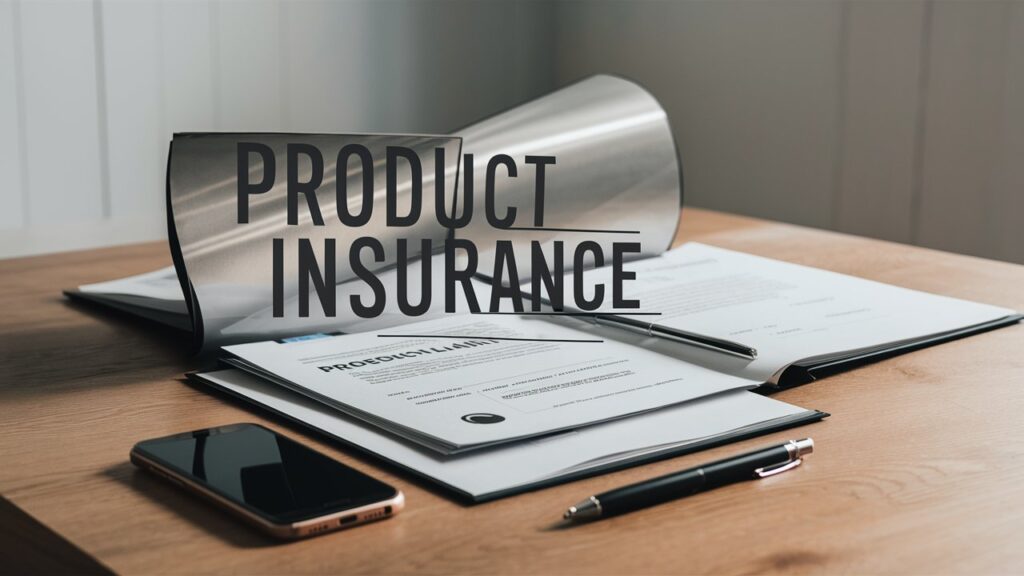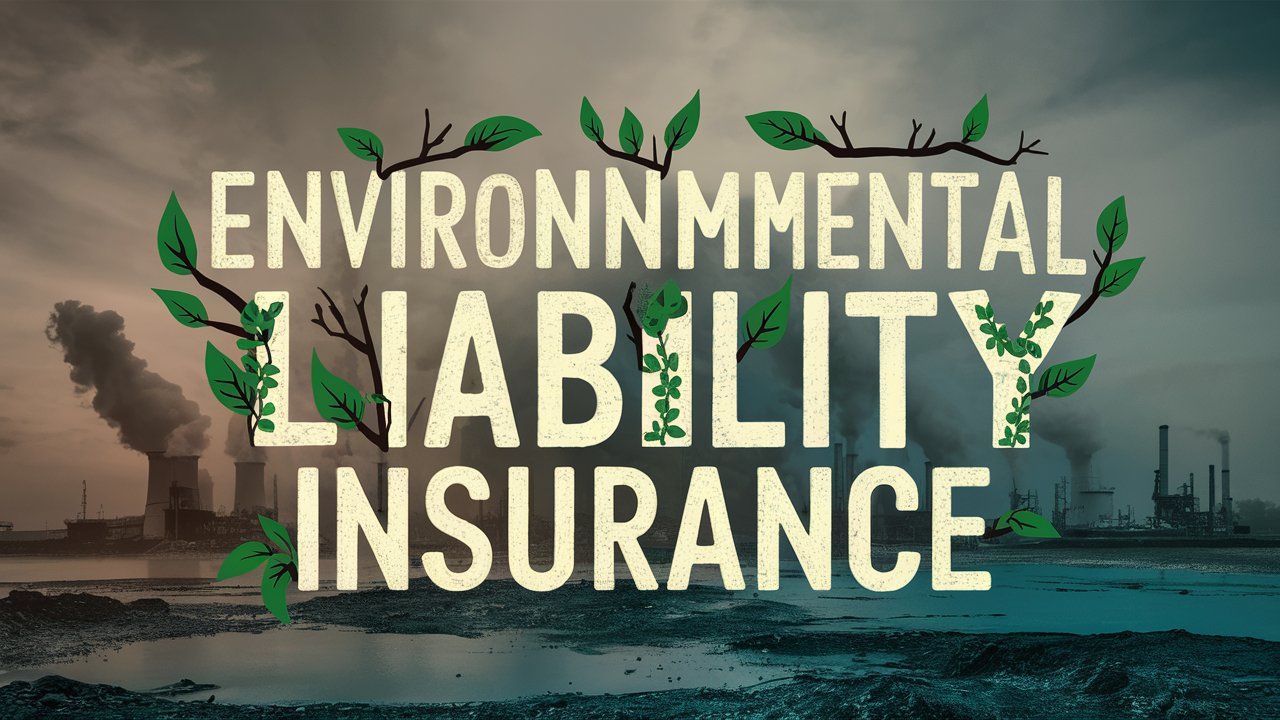Product Liability Insurance shields businesses from legal and financial risks arising from faulty products. Explore its importance, coverage options, and risk management strategies to safeguard your business and reputation in a competitive market.
Introduction
In today’s competitive marketplace, businesses strive to create and deliver products that meet the needs and expectations of their customers. However, even with the most rigorous quality control measures, products can sometimes fail, leading to injuries, property damage, or other losses for consumers. When such incidents occur, businesses can face significant financial and reputational risks. This is where product liability insurance comes into play. Product liability insurance is designed to protect businesses from the financial fallout of claims related to product defects. In this comprehensive guide, we will explore the intricacies of product liability insurance, its importance, coverage options, and how businesses can effectively manage their risk.
What is Product Liability Insurance?
It is a type of insurance coverage that protects businesses against claims of injury or damage caused by products they have manufactured, sold, or distributed. This insurance covers legal fees, court costs, and any settlements or judgments awarded to the claimant. It is essential for any business that deals with physical products, as it provides a safety net against potentially devastating financial losses.
Types of Product Liability Claims
There are three main types of product liability claims.
- Manufacturing Defects
These occur when a product is not made according to its design specifications, resulting in a dangerous defect. For example, a batch of toys with improperly secured small parts that pose a choking hazard.
- Design Defects
These are inherent flaws in the product design that make it unsafe, even when manufactured correctly. An example would be a type of ladder that is prone to collapsing due to its design.

- Marketing Defects
Also known as “failure to warn” claims, these arise when a product lacks adequate instructions or warnings about potential risks. For instance, a medication that does not include warnings about side effects.
Importance of Product Liability Insurance
Product liability insurance is crucial for several reasons.
- Financial Protection
Legal claims can be costly, and without insurance, a business may struggle to cover legal fees, settlements, or judgments.
- Reputation Management
Handling claims professionally and swiftly can help maintain a company’s reputation and customer trust.
- Compliance
Some industries and contracts require businesses to carry product liability insurance as a condition of operation.
Coverage Options in Product Liability Insurance
Standard Coverage
Standard product liability insurance policies typically cover
- Legal Defense Costs
Fees associated with defending against claims in court.
- Settlement Costs
Payments made to settle a claim out of court.
- Judgments
Amounts awarded by the court to the claimant.
- Medical Costs
Expenses related to injuries caused by the defective product.
Additional Coverage Options
Businesses may also consider additional coverage options to enhance their protection.
- Product Recall Insurance
Covers costs associated with recalling a defective product, including notification, shipping, and disposal costs.
- Worldwide Coverage
Provides protection for claims arising from products sold internationally.

- Vendor Coverage
Extends coverage to include the vendors that sell or distribute the product.
Factors Affecting Premiums
Several factors can influence the cost of product liability insurance premiums.
- Type of Product
Higher-risk products, such as pharmaceuticals or machinery, typically attract higher premiums.
- Business Size
Larger businesses or those with higher sales volumes may face higher premiums due to the increased risk exposure.
- Claims History
Businesses with a history of product liability claims may see higher premiums.
- Coverage Limits
Higher coverage limits generally result in higher premiums.
Risk Management Strategies
Quality Control and Assurance
Implementing robust quality control and assurance processes can help prevent defects and reduce the risk of liability claims. Key practices include
- Regular Inspections
Conducting regular inspections throughout the production process to identify and address potential defects early.
- Supplier Audits
Auditing suppliers to ensure they meet quality standards and regulations.
- Testing and Certification
Ensuring products are tested and certified to meet industry standards.
Product Design and Development
Careful attention to design and development can help mitigate the risk of design defects
- Safety Features
Incorporating safety features into product design to minimize risk.
- Compliance with Standards
Ensuring products comply with relevant industry standards and regulations.
- User Instructions and Warnings
Providing clear and comprehensive instructions and warnings to users.
Legal and Regulatory Compliance
Staying compliant with legal and regulatory requirements is essential for reducing liability risks
- Regulatory Updates
Keeping up-to-date with changes in regulations and ensuring compliance.
- Documentation
Maintaining thorough documentation of compliance efforts and quality control processes.
- Legal Consultation
Consulting with legal experts to ensure products meet all legal requirements.
Customer Feedback and Incident Reporting
Actively seeking customer feedback and monitoring incident reports can help identify and address potential issues before they escalate
- Feedback Channels
Providing easy-to-access channels for customers to provide feedback and report issues.
Incident Analysis: Analyzing reported incidents to identify trends and areas for improvement.
- Proactive Measures
Taking proactive measures to address identified issues and prevent recurrence.
Steps to Obtain Product Liability Insurance
Assessing Your Needs
Before obtaining it, it is important to assess your business’s specific needs
Product Types
Consider the types of products you manufacture, sell, or distribute and their associated risks.
Sales Volume
Evaluate your sales volume and potential exposure to claims.
Geographic Reach
Consider where your products are sold and the potential for international claims.
Choosing the Right Insurance Provider
Selecting the right insurance provider is crucial for ensuring adequate coverage
Reputation
Research the reputation of potential insurance providers and their experience in product liability coverage.
Coverage Options
Compare coverage options and limits to find a policy that meets your needs.
Customer Service
Evaluate the quality of customer service and support offered by the provider.
Applying for Coverage
Once you have chosen an insurance provider, the application process typically involves
Submitting Documentation: Providing documentation related to your business, products, and quality control processes.
- Underwriting
The insurance provider will assess the risk and determine the terms and premiums of the policy.
- Policy Issuance
Once approved, the policy will be issued, and coverage will begin.
Reviewing and Updating Coverage
Regularly reviewing and updating your product liability insurance coverage is essential to ensure it continues to meet your needs:
- Annual Review
Conducting an annual review of your coverage to account for changes in your business or product offerings.
- Adjusting Limits
Adjusting coverage limits as needed to reflect changes in risk exposure.
- Adding Endorsements
Adding endorsements to enhance coverage as your business evolves.
Common Myths and Misconceptions
“Only Large Businesses Need Product Liability Insurance”
Contrary to popular belief, product liability insurance is not just for large businesses. Small and medium-sized enterprises (SMEs) also face significant risks and can benefit from the protection offered by product liability insurance.
“Product Liability Claims are Rare”
While some may think that product liability claims are rare, the reality is that they can happen to any business, regardless of size or industry. Having insurance in place is a proactive measure to protect against unforeseen events.
“Product Liability Insurance is Too Expensive”
While the cost of product liability insurance varies, the financial protection it offers can far outweigh the premiums paid. Without insurance, a single claim could potentially bankrupt a business.
“General Liability Insurance is Sufficient”
General liability insurance may provide some coverage for product-related claims, but it is often not sufficient to cover the full scope of product liability risks. A dedicated product liability insurance policy offers more comprehensive protection.
Case Studies: Real-World Examples
Case Study 1-The Importance of Product Testing
A small electronics manufacturer faced a product liability claim after several customers reported that a popular gadget overheated and caused burns. Despite having a robust quality control process, the company had overlooked a design flaw. Fortunately, their product liability insurance covered the legal defense and settlement costs, allowing the business to address the issue and implement better testing protocols.
Case Study 2-Navigating International Claims
A mid-sized toy company experienced a product recall due to choking hazards identified in their best-selling toy. The recall affected several international markets, leading to significant recall and legal expenses. The company’s product liability insurance, with worldwide coverage, helped cover the costs, allowing them to manage the recall efficiently and maintain their reputation.
Case Study 3-Small Business Survival
A small bakery that sold packaged goods faced a product liability claim when a customer became ill after consuming one of their products. The investigation revealed contamination at one of the supplier’s facilities. The bakery’s product liability insurance covered the legal fees and settlement, allowing the business to survive and improve their supplier auditing process.
Conclusion
Product liability insurance is an essential safeguard for any business that manufactures, sells, or distributes physical products. It provides financial protection against the potentially devastating costs of legal claims, helping businesses manage risks and maintain their reputation. By understanding the types of product liability claims, coverage options, and effective risk management strategies, businesses can ensure they are adequately protected. Investing in product liability insurance is a proactive step towards securing the long-term success and stability of your business in an unpredictable marketplace.
Product liability insurance is not just a legal requirement in many cases, but a critical component of a comprehensive risk management strategy. Businesses of all sizes and industries can benefit from the peace of mind and financial protection it offers. By staying informed, choosing the right coverage, and implementing robust quality control measures, you can navigate the complex landscape of product liability with confidence. Protect your business, protect your customers, and ensure a prosperous future with product liability insurance.
For more details please visit our home page: Click Here

